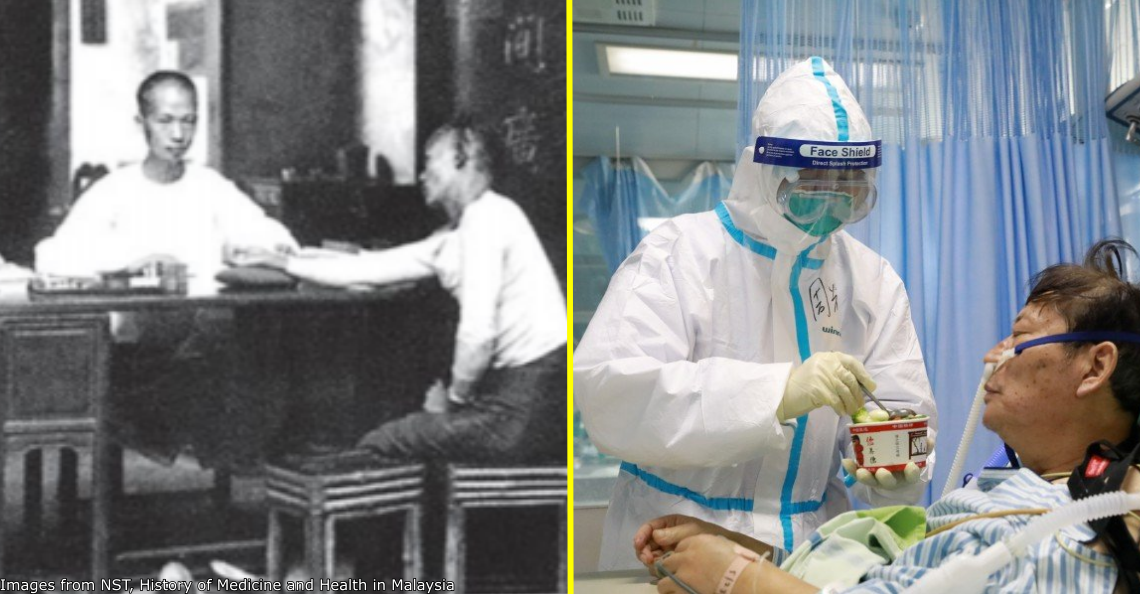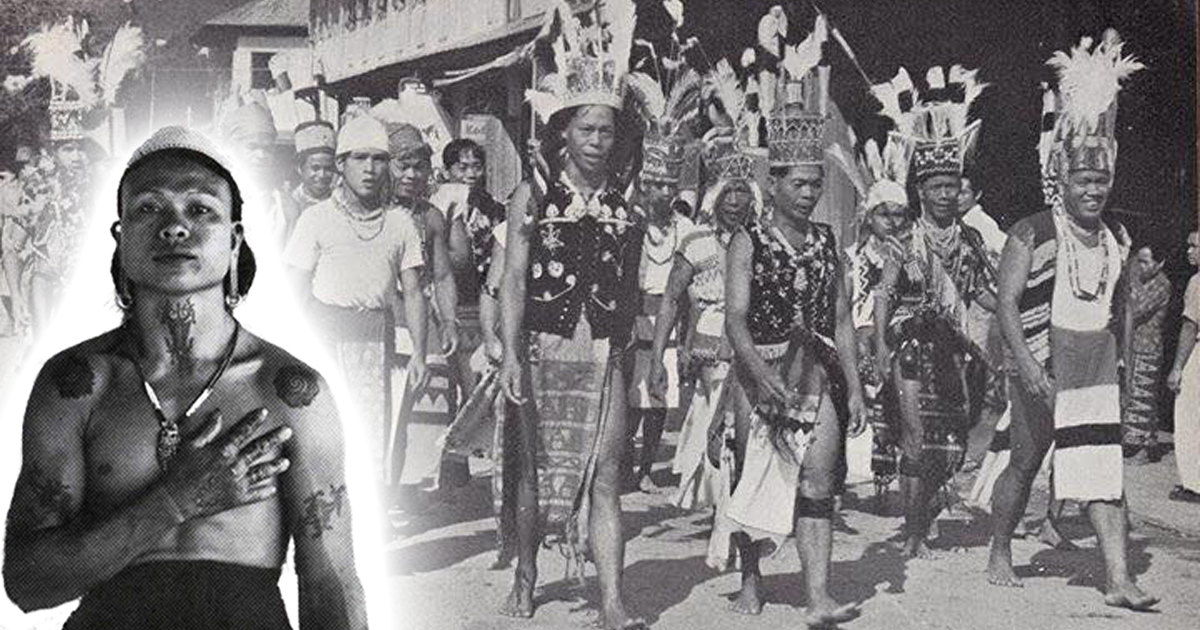No way! 5 brilliant strategies used by the British to fight communists
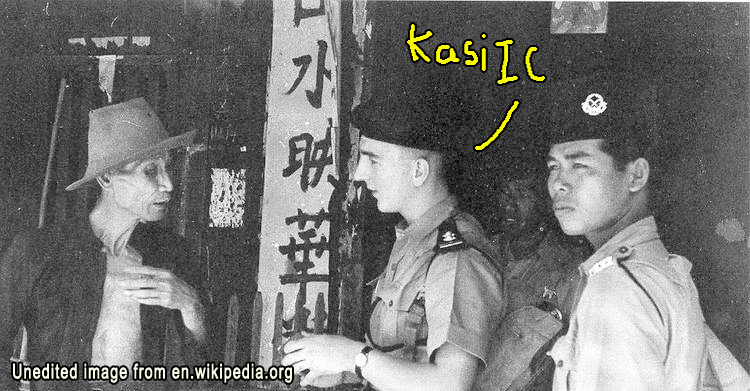
- 871Shares
- Facebook738
- Twitter20
- LinkedIn11
- Email41
- WhatsApp61
[This article was originally written in BM. Untuk membaca artikel dalam BM, sila klik sini.]
Unless ugaiz were living under a rock, ya’ll would have heard of the Malayan Emergency (1948-1960). Only that it wasn’t your average emergency ‘cos this one kept the powerful British Empire on their toes.
Simply put, the Emergency was a period of time when the government had the power to detain, imprison or even pass the death sentence on anyone suspected of being involved with communist activities. And all this WITHOUT TRIAL!
Elderly Malaysians would definitely remember the Emergency as one of the darkest moments in Malaysian history, only second to the already traumatic Japanese Occupation in World War 2.
The Communism problem in Malaysia was REALLY serious
Let’s set the stage for the main topic of this article. The problem began with the Communist Party of Malaya’s (CPM) establishment in 1930. Their aim was of course to spread their communist ideology throughout the country.
Afraid of the CPM’s looming threat, the British had it banned….that is until the Japanese invasion in December 1941 which forced both sides to cooperate. Knowing that the Japanese would take Malaya, the British agreed to provide weapons, training and funding for the CPM, whose NEW job was to harass the enemy with guerrilla tactics. The commies then decided to operate under the more patriotic sounding Malayan People’s Anti-Japanese Army (MPAJA).
….
It’s 15 August 1945. The Japanese surrenders to the Allies and the British Empire returns to Malaya. Giving credit where it’s due, the British honors the MPAJA’s contribution by awarding Chin Peng, then a young man, with the Order of the British Empire.
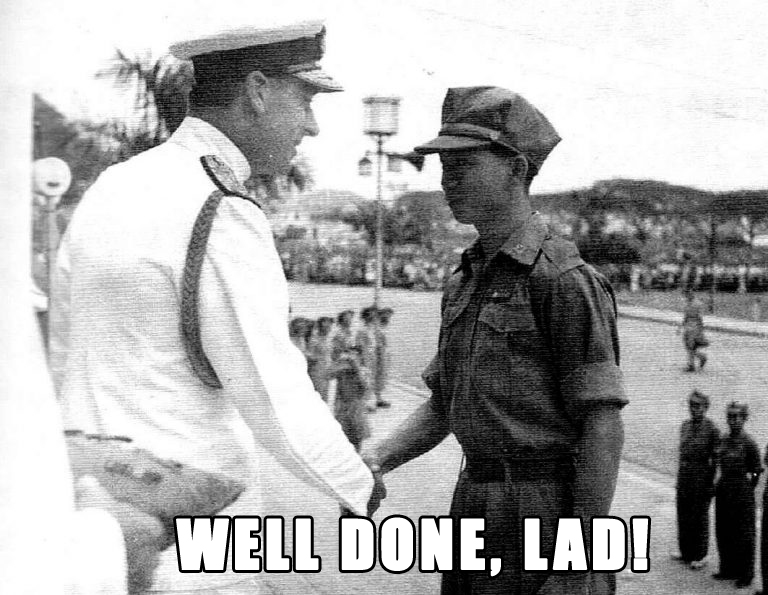
Despite the guerrilla army officially disbanding, there were members who managed to stash away some weapons! Sneaky, sneaky.

Image from imgflip
Three years later… the commies sprung into action and murdered three British plantation managers at Sungai Siput. Soon, rubber estates and tin mines, the British’s main source of $$, became the no. 1 target for them, causing even more death and chaos along the way…. and with that the Malayan Gomen declares a state of Emergency!
So, how did the British choose to fight those commies?
1. They called for peace!
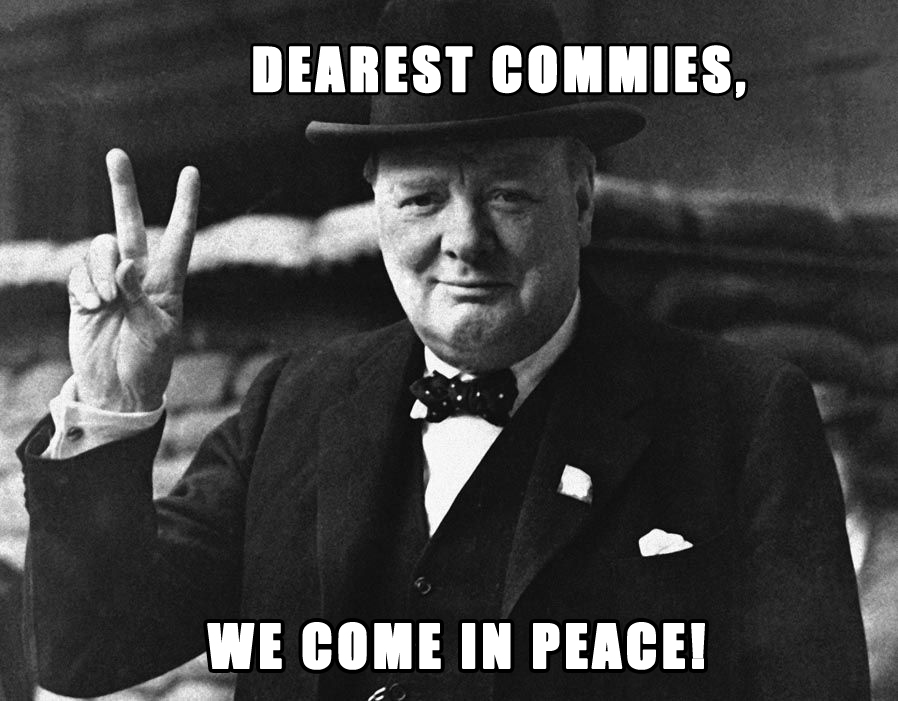
Guess what? Instead of your standard Hollywood “we don’t negotiate with terrorists” tactic, the British decided to extend an olive branch towards their commie foes.
The British offered a pardon, kinda like an official we-forgive-you to those commie terrorists. A pardon declared a few months before the 1955 Baling peace talks offered the commies these privileges:
- Can choose who they wanna to surrender to
- Can get a local ceasefire in order to surrender safely
- Can get back their old lives (T & C apply)
- Can reunite with their families (T & C apply)
- Can request to balik China
While public response was great, few commies actually surrendered. This was because the party had already warned their members that any defection would be severely punished.
In 1957, another round of pardon was issued to the commies. Plane after plane dropped flyers and “pardons” passes (printed in Malay, Chinese and Tamil) near the enemy hideouts. No harm trying, right?
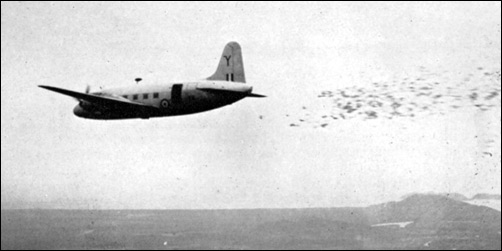
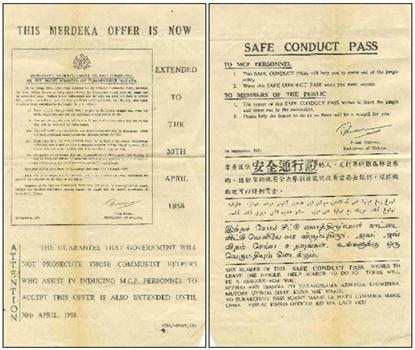
2. They introduced Identification Cards (a.k.a. Give-Me-Food Card)

Almost immediately, the British authorities made it compulsory for all Malayans aged 12 and above to have an IC. The purpose of the IC’s introduction was twofold.
First, it allowed the authorities to detect and restrict the movements of the commies throughout the peninsular. Second, the IC served as ration card of sorts as people were only allowed to access to food from the gomen upon showing their cards.
The commies, knowing this would undo all their hard work, initiated a campaign to encourage Malayans to go against the IC trend. The Malayan People’s Anti-British Army aka. MPABA, a branch of the CPM, would stop people and tear up their ICs. Fortunately, they failed and were forced out from operating in urban areas. Plus, they had to content themselves with the jungle for a new home.

3. They upgraded the Malayan security forces kao kao
Knowing that the commies were a constant pain in the butt, the British decided to set up several new forces to counter them. Among the newly-established teams were the Special Constable, Auxiliary Police, Special Branch and Home Guard. These teams ensured that the British had a much faster reaction time whenever the commies decided to strike next.
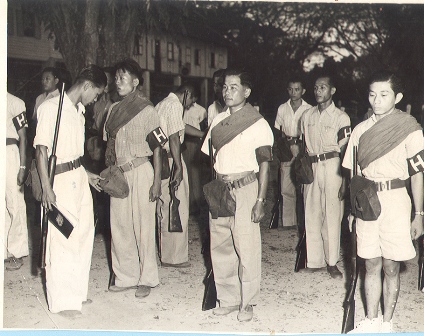
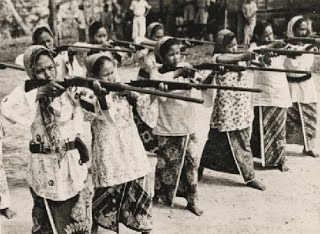
The Home Guard was a separate organization from the police force and the Malayan army. Their job was to jaga areas where Malayans had relocated to (related to point 5). Under the Kinta Valley Home Guard scheme, the locals in the area were required to bear the costs of a home guard posted in their area. This allowed thousands of army personnel and police officers the chance to focus on their primary assignments.
By 1952, Malaya had over 100,000 of them defending over 2,000 settlements. How’s that for a group with a boring sounding name?
Also, one of the perks of being under British rule was that Malaya could afford to call on reinforcements from places like Australia, New Zealand, Fiji and even from the super cow far East Africa. Australia and New Zealand, both independent countries at this point, must be commended for protecting their Commonwealth buddy.
The Australian contingent stood out in particular becoz their planes destroyed 181 enemy campsites in one operation while managing to halau the commies out from Perak during another in 1959. Because of this, most of the commies had to operate from the Thai border from then on.
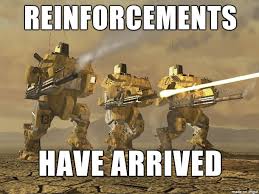
4. They played mind games
“The answer lies not in pouring more troops into the jungle, but in the hearts and minds of the Malayan People.” – High Commissioner Gerald Templer, as quoted by Joe Geni.
In addition to holding “Anti-Communists month” events and distributing propaganda flyers, the British introduced the concept of White and Black areas which kinda resembled the game of Go aka weiqi. Using the analogy of this game, the British represented the white piece player who tried to turn as many black pieces (communist areas) as possible into his own colour. The Commies were the opponent, trying to do the exact same thing to the British. Though in the end, the British wonlah coz they were better at convincing people to support them.
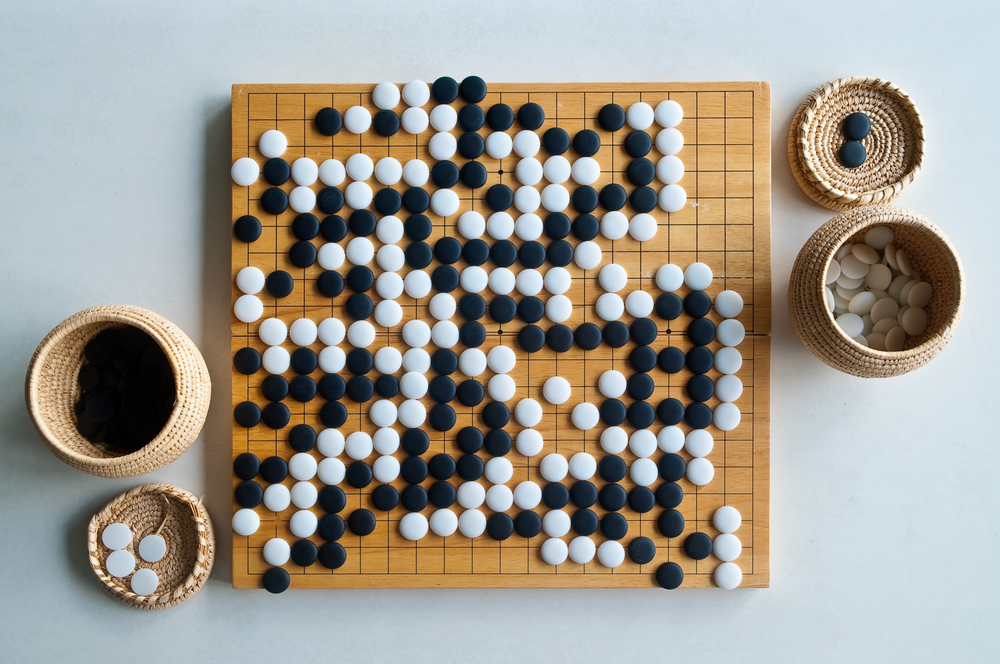
Furthermore, the saying “money talks” applies well in this situation as the British were more than willing to offer cash to anyone who caught Chin Peng or his right hand man. With a reward of $250,000, it would have been more than enough to put CP and co. on the run.

What’s more, the British distributed flyers written in Chinese (click for English translation) along with the signatures of former commies (located on the bottom right) in an attempt to convince the others that surrendering means got hope one.
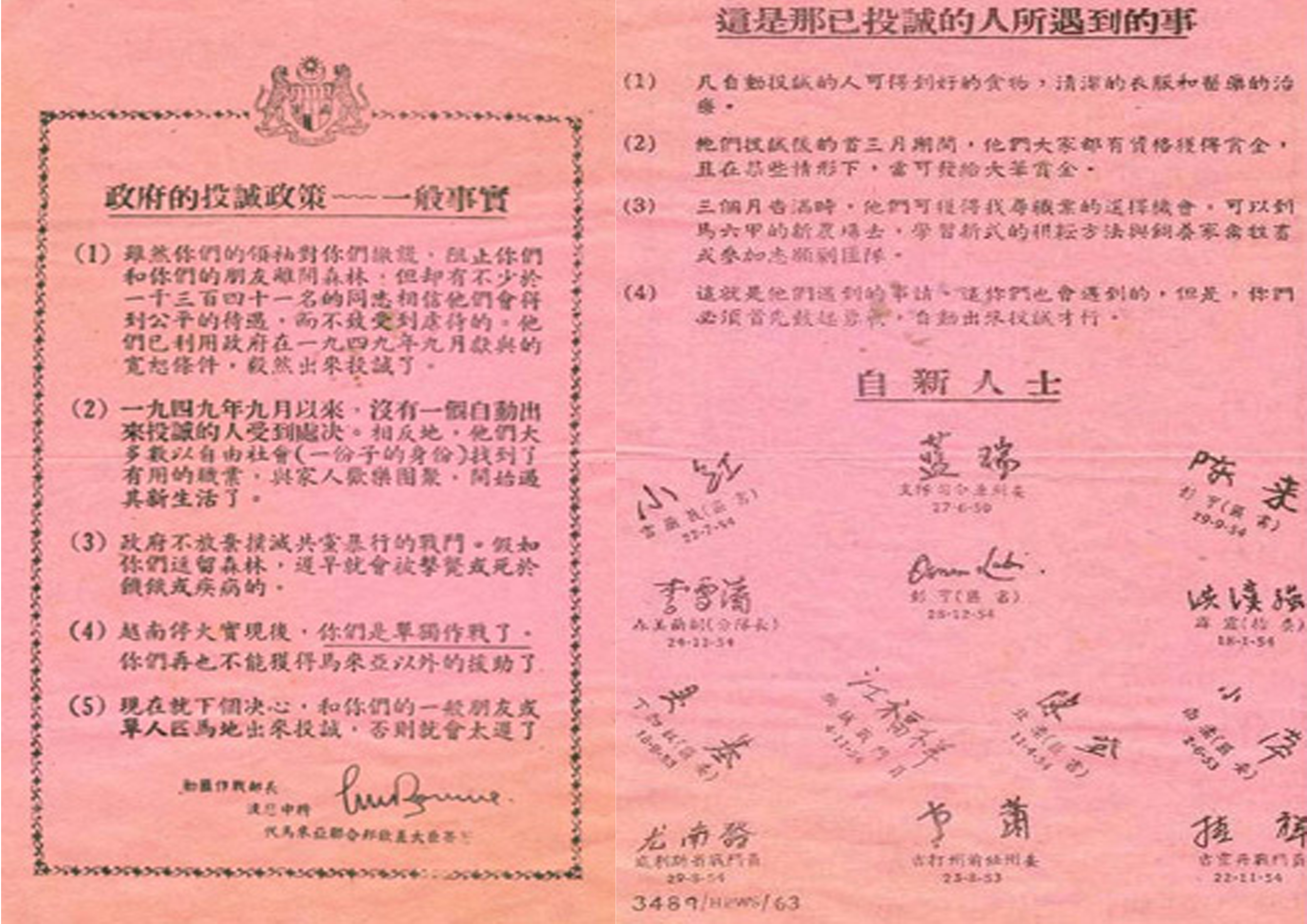
All in all, these strategies worked so well that the British’s handling of the Malayan Emergency became the benchmark for future counter-insurgency (COIN) situations!
5. They gave the Chinese new places to live
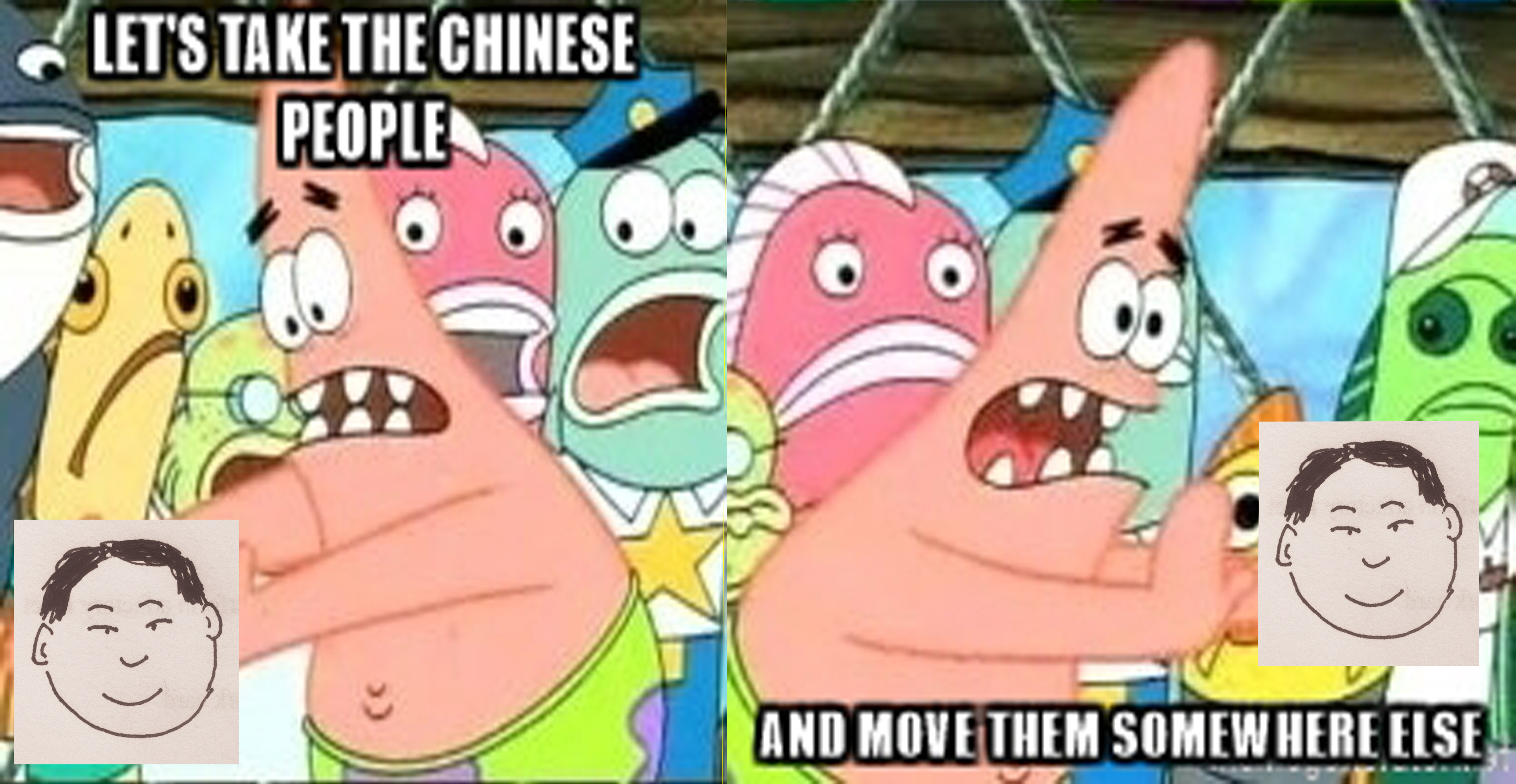
Oh yeah, there was this British General by the name of Harold Briggs. who came up with the idea of moving 500k Chinese to fenced up areas called “New Villages“.
The New Villages were meant to protect the inhabitants from commie threats as well as their influence. More importantly, this plan could potentially cut off the commies from the reach of their rural sympathizers, aka the Min Yuen. They were the one responsible for supplying their commie buddies with food, medicine and information.
In truth, these New Villages were nothing more than resettlement camps built in a rush. Generally, these sites suffered from poor location and planning that was attributed to a lack of qualified administrative staff, money and resources. Apparently, things were so teruk in many New Villages to the point where drainage and other public works were only set up years later.
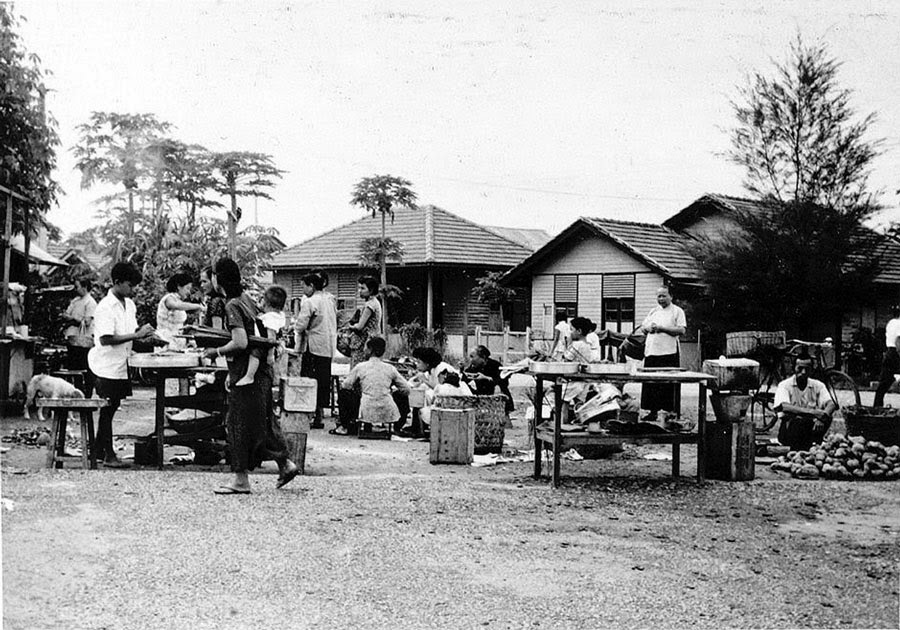
Over the years, the relocation of the Chinese community to these New Villages has shaped many of their social outlook (click to read one such story). In fact, in 2013, a film (trailer here) touching on this matter was scheduled to be screened, only to have it banned by the Film Censorship Board. The Home Ministry’s explanation was that the film appeared to contain communist propaganda. Touchy, touchy.
These anti-communist strategies shaped today’s Malaysia
Now, y’all be thinking that the Emergency was all gloomy ’cause of the violence and whatnot and but didja know that it also helped shaped the Malaysia we all live in today? Contrary to what most people would think, some good things did come out from the conflict.
Take the point about the IC for example. The very IC that was meant to help the Malayan Government to root out the commies developed into your standard MyKad that serves as your typical registration document. Plus, the card comes with the useful Touch’N Go and ATM function. Not bad what.
Also, many New Village areas have now become famous local attractions in their own right. Pandamaran is known for its Bah Kut Teh and pork knuckles, Tanjung Sepat for its scenic beaches and seafood and Seri Kembangan for the Mines Resort and a few other stuff.
Last but not least, the active participation of Malaya’s citizens in anti-commie activities during the Emergency convinced the British authorities that we could take care of our own. After giving us our constitution, judicial system and a few other independence starter pack items, the rest as they say is history.
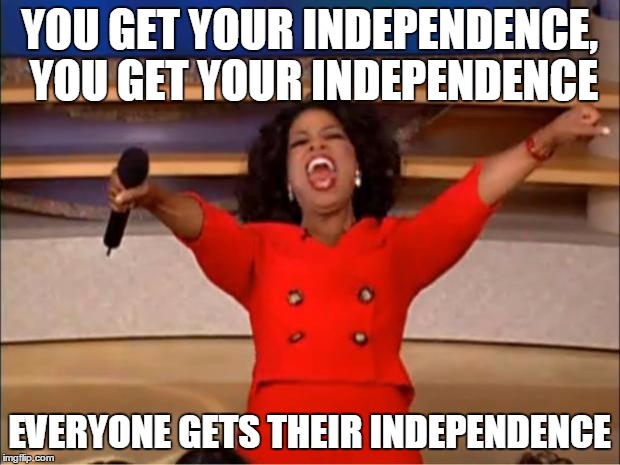
So let’s learn to appreciate our country’s history a little bit more, kay?
- 871Shares
- Facebook738
- Twitter20
- LinkedIn11
- Email41
- WhatsApp61


